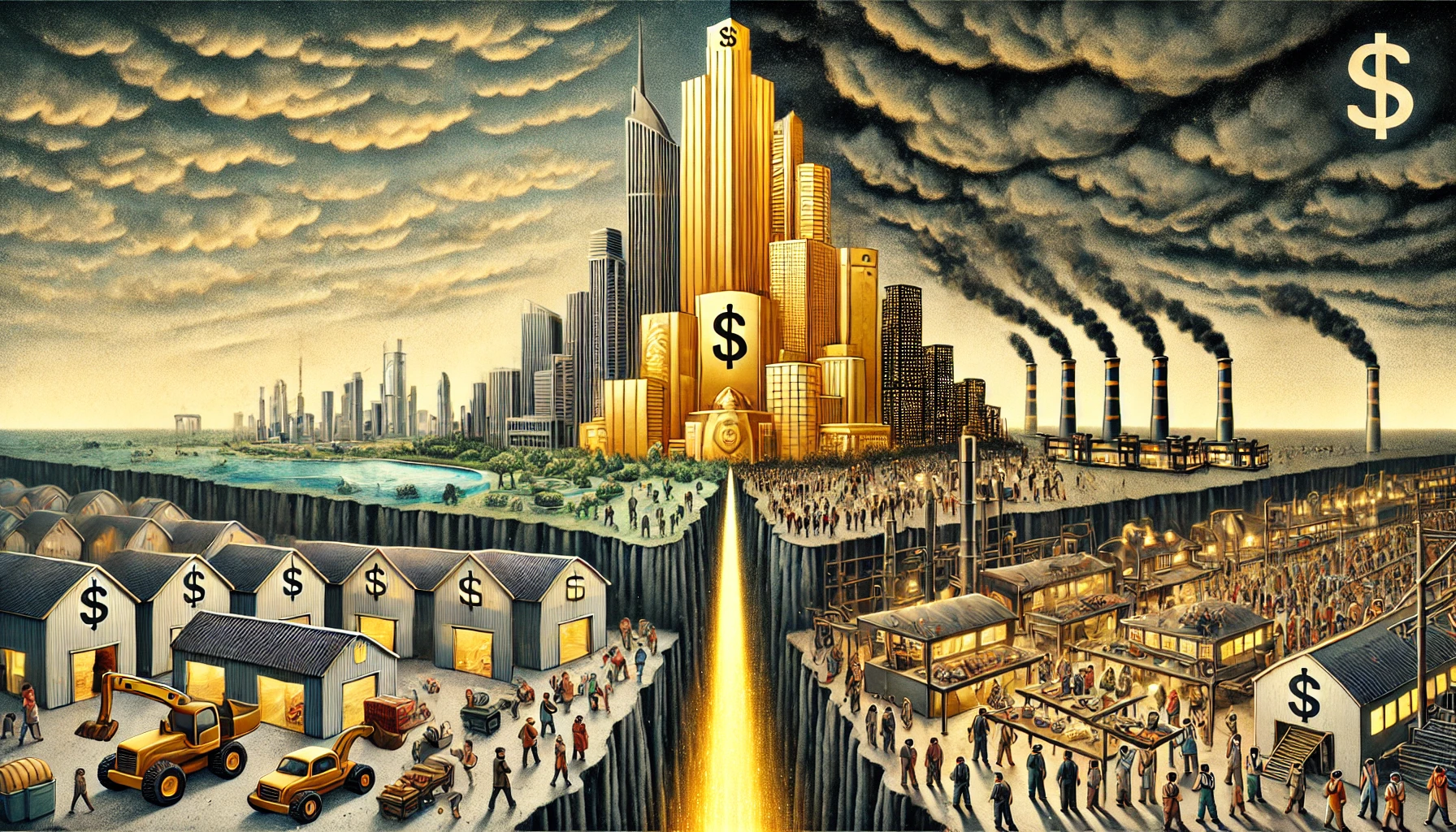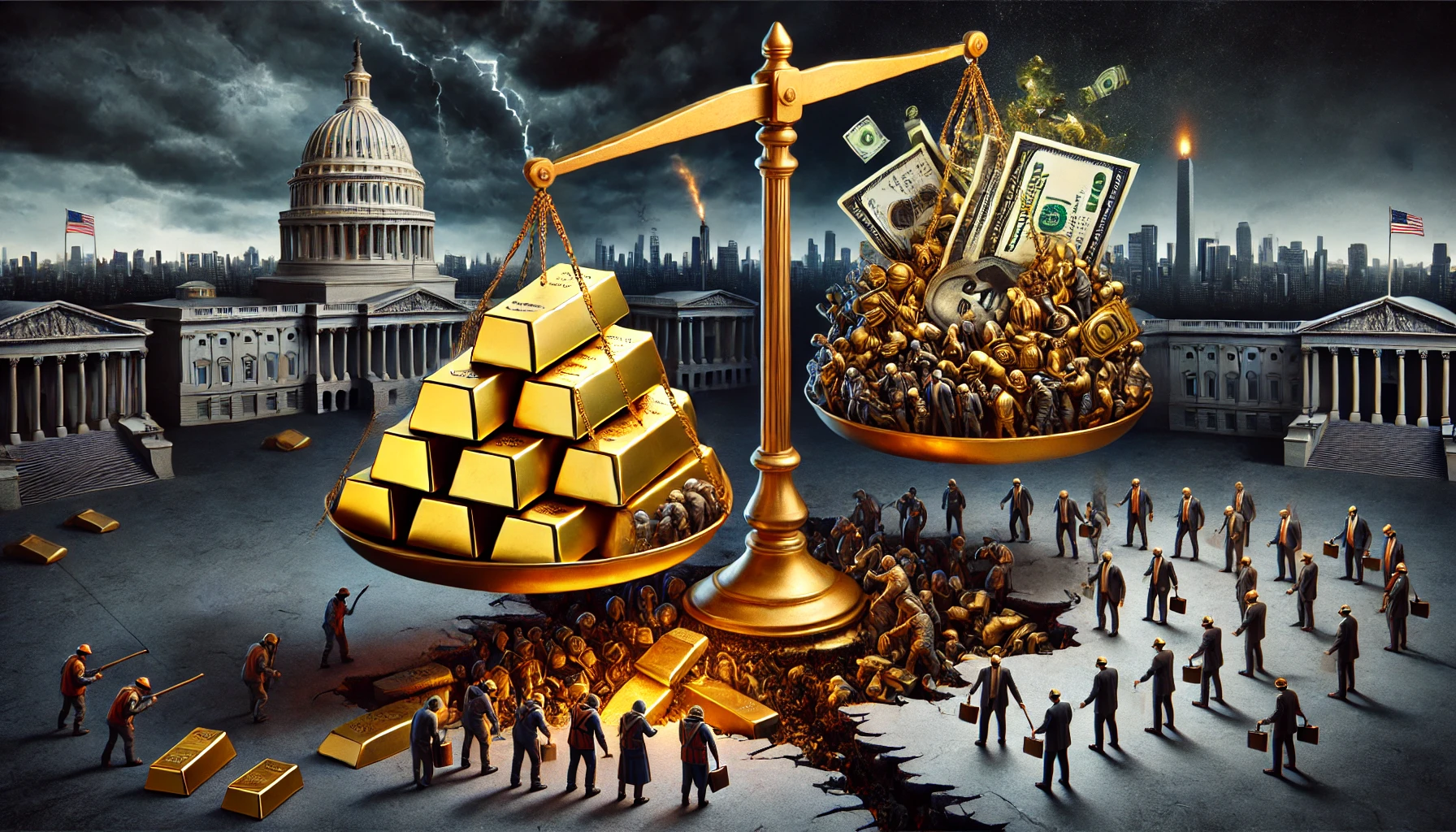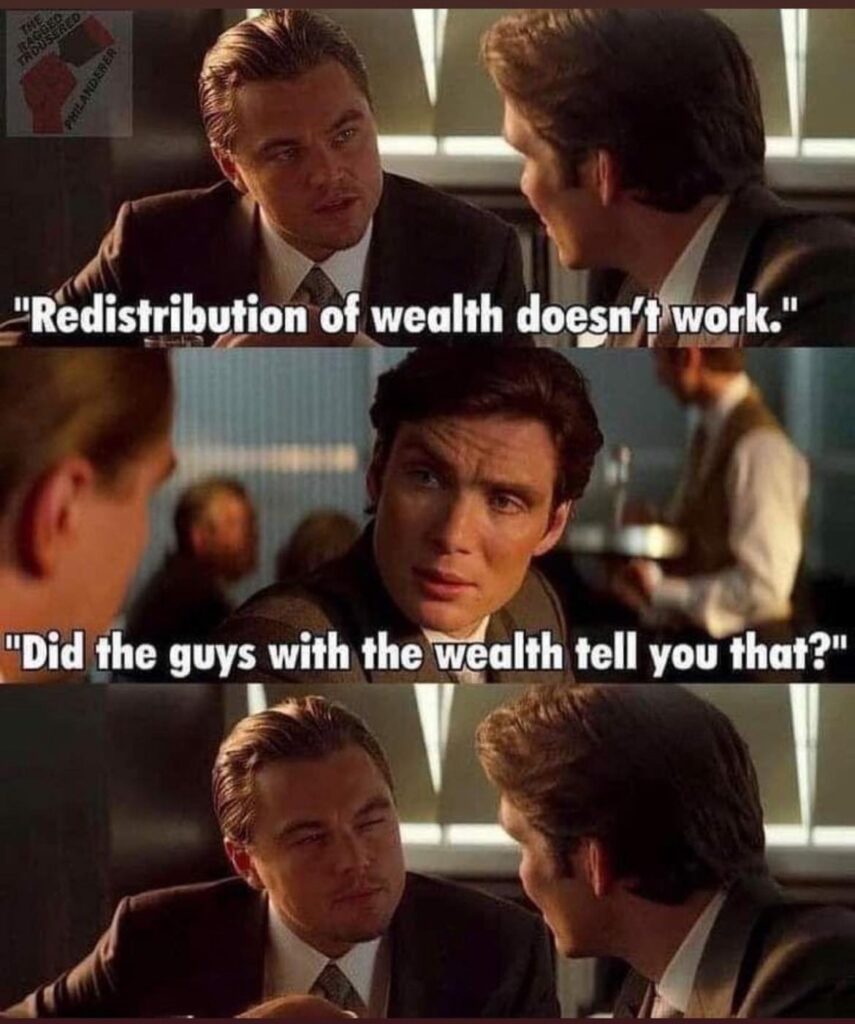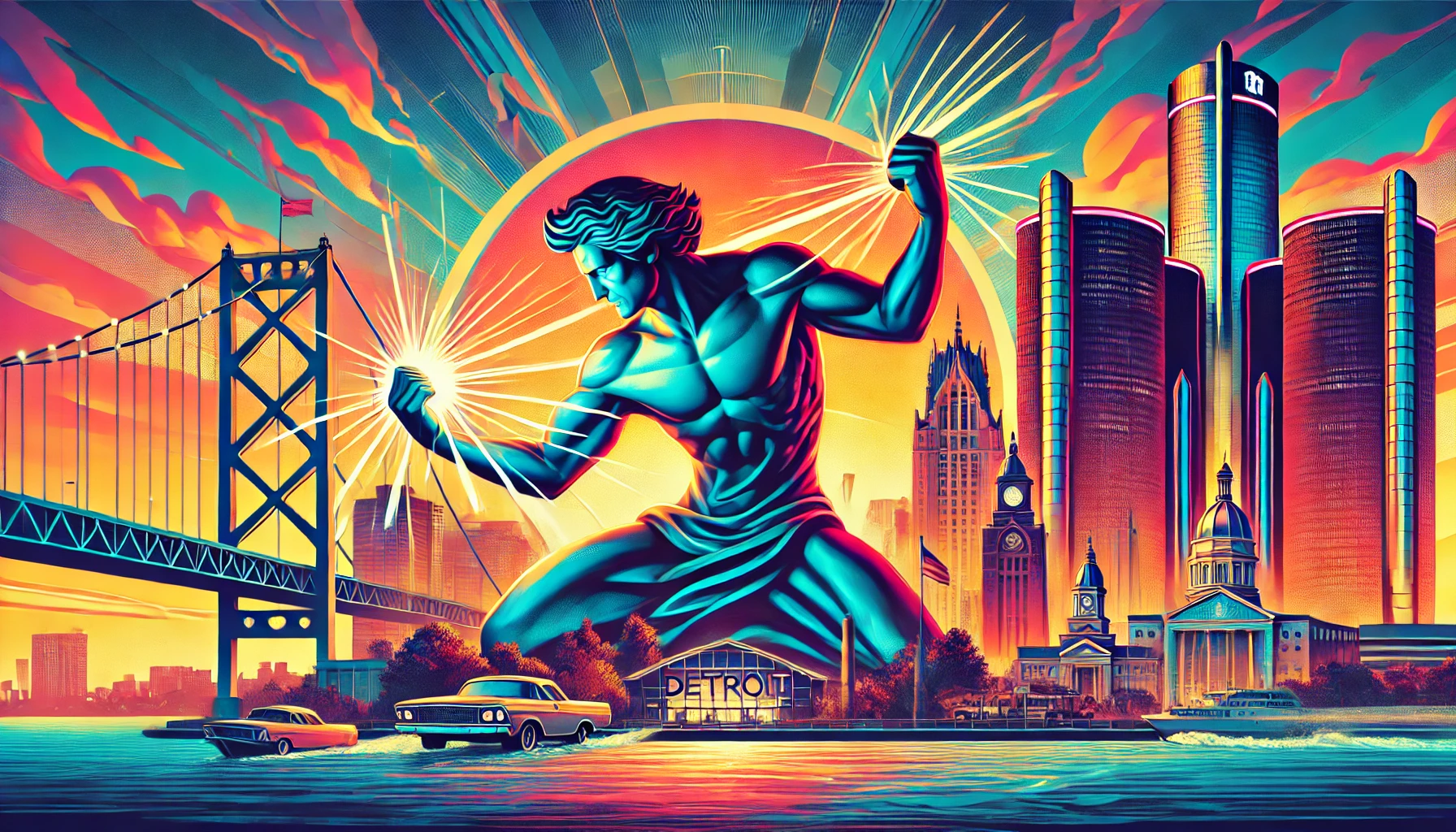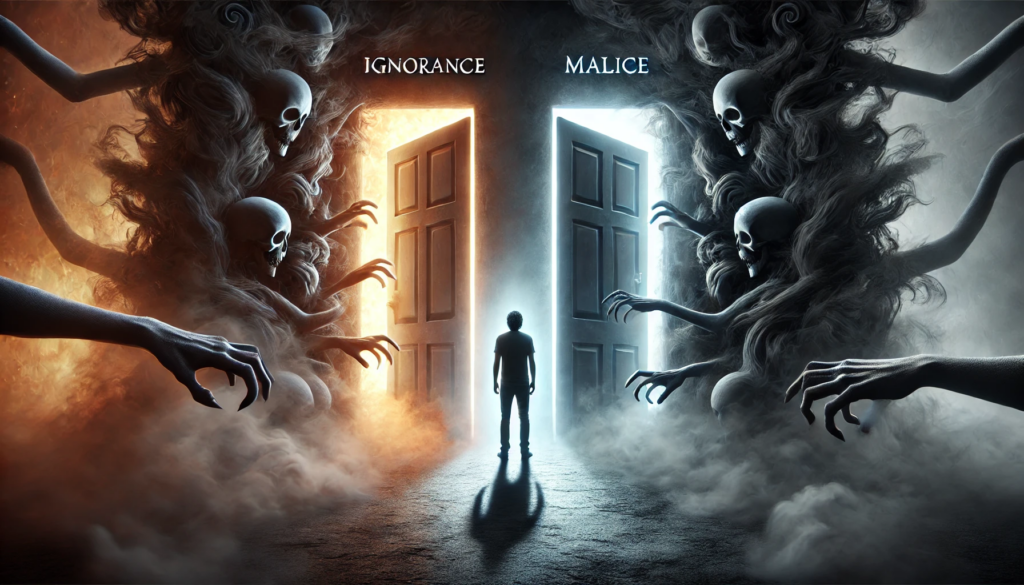
This is not my content originally. But it makes the point in a bold and concise manner—including receipts…I mean links—so rather than write something similar I just want to share it.
A real question from a Trump supporter: ‘Why do liberals think Trump supporters are stupid?’
THE SERIOUS ANSWER: Here’s what the majority of anti-Trump voters honestly feel about Trump supporters en masse:
That when you saw a man who had owned a fraudulent University, intent on scamming poor people, you thought “Fine.” (https://www.usatoday.com/…/trump-university…/502387002/)
That when you saw a man who had made it his business practice to stiff his creditors, you said, “Okay.” (https://www.thedailybeast.com/trump-hotel-paid-millions…)
That when you heard him proudly brag about his own history of sexual abuse, you said, “No problem.” (https://abcnews.go.com/…/list-trumps-accusers…/story…)
That when he made up stories about seeing Muslim-Americans in the thousands cheering the destruction of the World Trade Center, you said, “Not an issue.” (https://www.washingtonpost.com/…/donald-trumps…/)
That when you saw him brag that he could shoot a man on Fifth Avenue and you wouldn’t care, you exclaimed, “He sure knows me.” (https://www.usatoday.com/…/president-donald…/4073405002/)
That when you heard him relating a story of an elderly guest of his country club, an 80-year old man, who fell off a stage and hit his head, to Trump replied: “‘Oh my God, that’s disgusting,’ and I turned away. I couldn’t—you know, he was right in front of me, and I turned away. I didn’t want to touch him. He was bleeding all over the place. And I felt terrible, because it was a beautiful white marble floor, and now it had changed color. Became very red.” You said, “That’s cool!” (https://www.gq.com/story/donald-trump-howard-stern-story)
That when you saw him mock the disabled, you thought it was the funniest thing you ever saw. (https://www.nbcnews.com/…/donald-trump-criticized-after…)
That when you heard him brag that he doesn’t read books, you said, “Well, who has time?” (https://www.theatlantic.com/…/americas-first…/549794/)
That when the Central Park Five were compensated as innocent men convicted of a crime they didn’t commit, and he angrily said that they should still be in prison, you said, “That makes sense.” (https://www.usatoday.com/…/what-trump-has…/1501321001/)
That when you heard him tell his supporters to beat up protesters and that he would hire attorneys, you thought, “Yes!” (https://www.latimes.com/…/la-na-trump-campaign-protests…)
That when you heard him tell one rally to confiscate a man’s coat before throwing him out into the freezing cold, you said, “What a great guy!” (https://www.independent.co.uk/…/donald-trump-orders…)
That you have watched the parade of neo-Nazis and white supremacists with whom he curries favor, while refusing to condemn outright Nazis, and you have said, “Thumbs up!” (https://www.theatlantic.com/…/why-cant-trump…/567320/)
That you hear him unable to talk to foreign dignitaries without insulting their countries and demanding that they praise his electoral win, you said, “That’s the way I want my President to be.” (https://www.huffpost.com/…/trump-insult-foreign…)
That you have watched him remove expertise from all layers of government in favor of people who make money off of eliminating protections in the industries they’re supposed to be regulating and you have said, “What a genius!” (https://www.politico.com/…/138-trump-policy-changes…)
That you have heard him continue to profit from his businesses, in part by leveraging his position as President, to the point of overcharging the Secret Service for space in the properties he owns, and you have said, “That’s smart!” (https://www.usnews.com/…/how-is-donald-trump-profiting…)
That you have heard him say that it was difficult to help Puerto Rico because it was in the middle of water and you have said, “That makes sense.” (https://www.washingtonpost.com/…/the-very-big-ocean…/)
That you have seen him start fights with every country from Canada to New Zealand while praising Russia and quote, “falling in love” with the dictator of North Korea, and you have said, “That’s statesmanship!” (https://www.cnn.com/…/donald-trump-dictators…/index.html)
That Trump separated children from their families and put them in cages, managed to lose track of 1500 kids, has opened a tent city incarceration camp in the desert in Texas – he explains that they’re just “animals” – and you say, “Well, OK then.” (https://www.nbcnews.com/…/more-5-400-children-split…)
That you have witnessed all the thousand and one other manifestations of corruption and low moral character and outright animalistic rudeness and contempt for you, the working American voter, and you still show up grinning and wearing your MAGA hats and threatening to beat up anybody who says otherwise. (https://www.americanprogress.org/…/confronting-cost…/)
What you don’t get, Trump supporters, is that our succumbing to frustration and shaking our heads, thinking of you as stupid, may very well be wrong and unhelpful, but it’s also… hear me… charitable.
Because if you’re NOT stupid, we must turn to other explanations, and most of them are less flattering.
– Adam-Troy Castro



